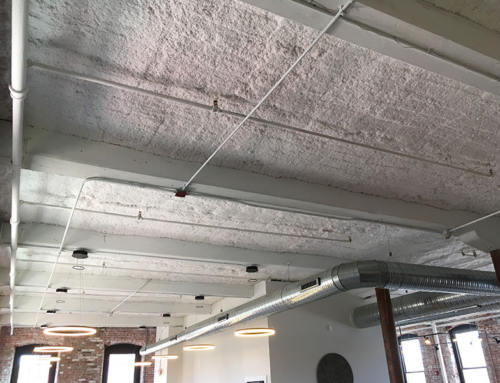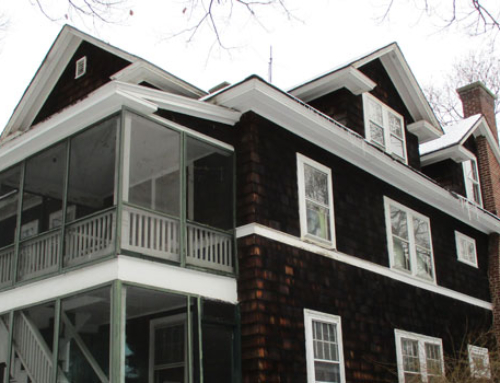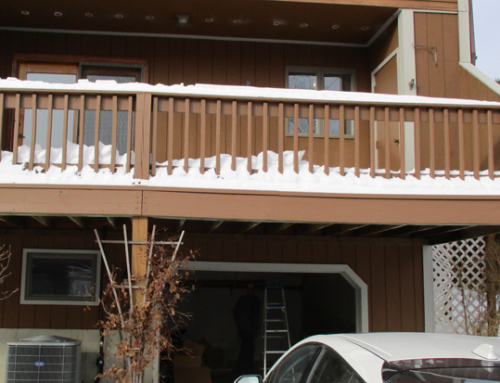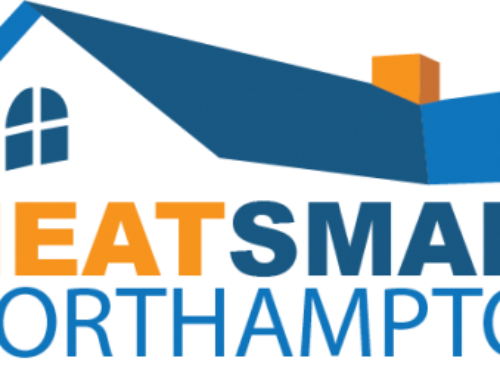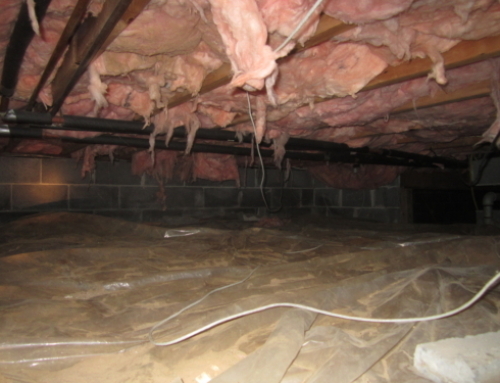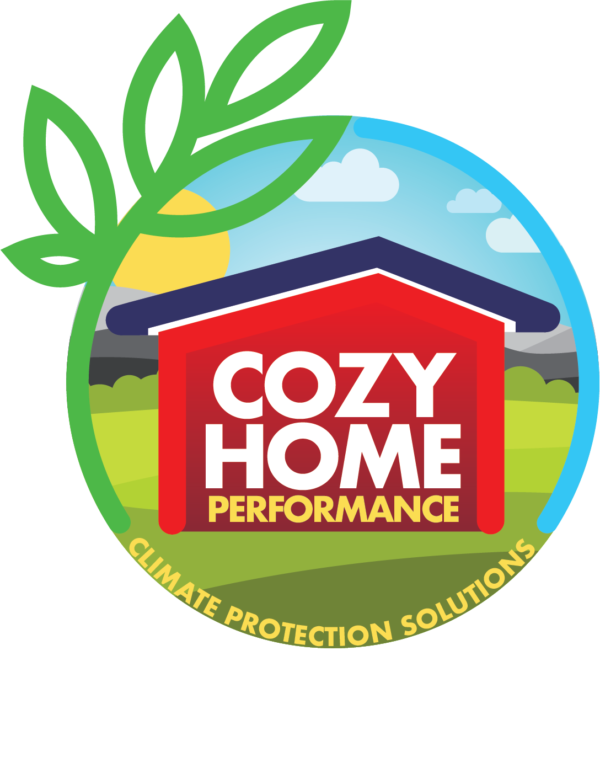As the Massachusetts utility energy efficiency programs ramp up to meet more aggressive goals for energy savings, there is mounting concern of how the process is unfolding. The constant wavering of utility PAs in confirming start dates of pilot programs involving qualified independent contractors, is increasingly challenging for many companies that look forward to serving the Mass Save program.
The Utility Program Administrators have a responsibility to maintain professionalism and establish a clear time-line for new Mass Save program models to unfurl.
The need for more clarity and conviction was apparent at a Friday meeting held by WMECO and Berkshire Gas and their Lead Vendor, CET, in regard to an April RFQ. The meeting was little more than another positive information gathering session- an exploration of the intentions of contractors- hardly constructive in terms of preparing for a roll-out in July. All contractors present were surprised when it was announced that the program design implied in the RFQ is not going to be implemented on July 1. Moreover we are still expected to reply to the RFQ because independent contractors will be incorporated in some unnamed capacity at some time, when budgetary and regulatory issues are resolved.
It is important to note that a week before this meeting, the EEAC (Energy Efficiency Advisory Council) identified a goal to incorporate home performance contractors into the Mass Save program. The presentation made at the May 11th council meeting- MassSAVE-Weatherization_May2010– was a clear signal that a transition to an open-market model that will mobilize home performance contractors, is preferred. Below is the flow chart/time-line presented in the EEAC consultant presentation:
The question remains- how to transition to a more open-market Mass Save to deliver greater cost-effective energy savings, greater customer satisfaction, and smoother delivery? The chart refers to a statewide program that will take ample time to unfold. It seems that WMECO, Berkshire Gas, and Bay State Gas will lead the way as their April RFQ demonstrates an effective model. This is to say, if they implement it.
Lead Vendors’ RFQ lays the groundwork for a hybrid model to include home performance contractors.
Western MA utilities, WMECO , Berkshire Gas, and Bay State Gas have presented a model, in the April RFQ, to transition to a state-wide model by carefully incorporating qualified independent contractors. They have proposed a 2010 pilot to contract with qualified audit contractors and a community of competent weatherization install contractors, in a hybrid model. The Lead Vendors would maintain a central roll providing intake and install services, yet Mass Save eligible utility customers would have the choice to work with a qualified independent contractor through every step of the process. This hybrid model could be very successful and could be a logical transition to a state-wide program with third-party (non Lead Vendor) quality assurance, more skilled independent home performance contractors, and integration with additional incentive programs such as Home Star and localized PACE programs.
This program design has the support of most independent contractors and the EEAC and DOER. It would provide a successful transition to a new statewide program.
Below is a simplified flow chart I put together describing how this program would work, if implemented. The RFQ has the option for contractors to provide install only services (Weatherization contractor) , audit only (HPAssessment Provider), and integrated services (Home Performance Contractor). This simplified layout demonstrates that the existing program structure can exist along side a more open market approach.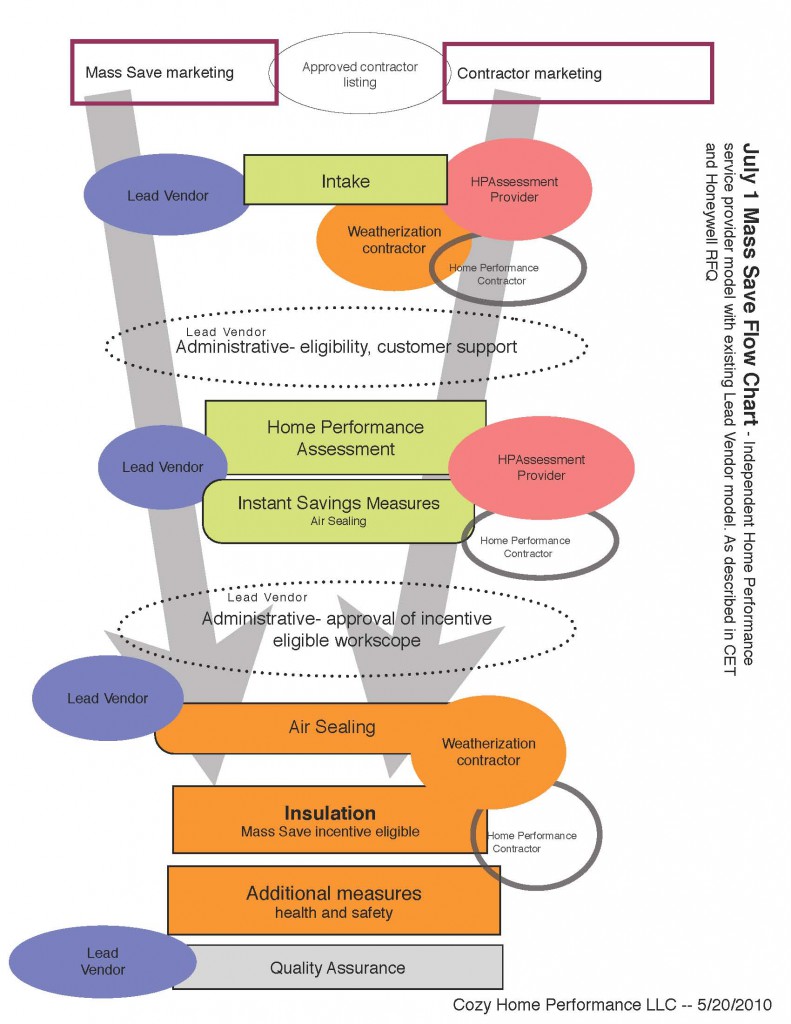
What questions do you have as a stakeholder in the development of the improved Mass Save RCS program?
What lessons can be learned from other programs, nation wide, that successfully mobilize the home performance industry?



